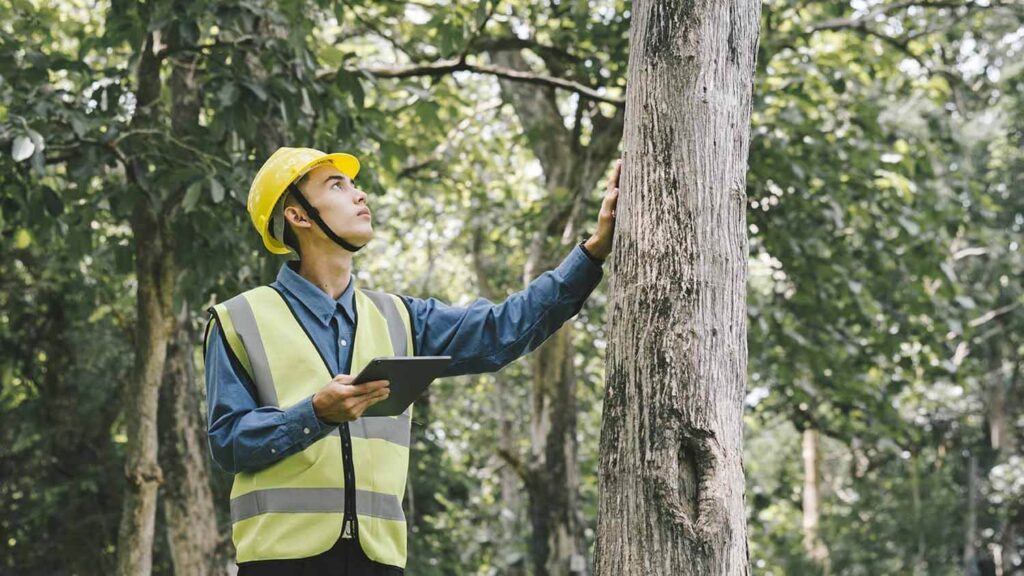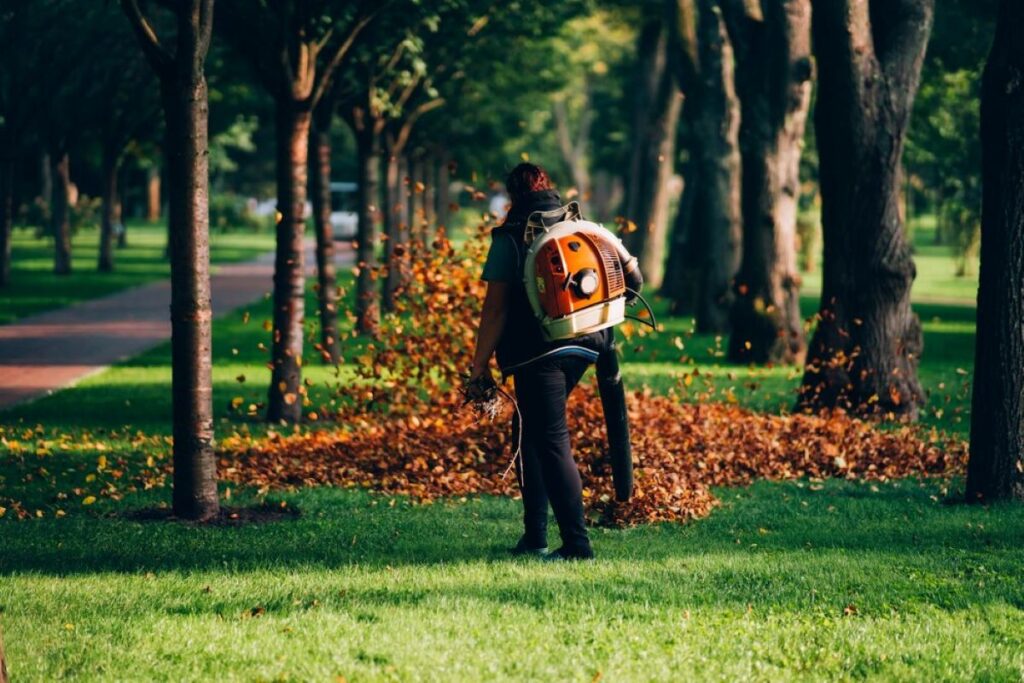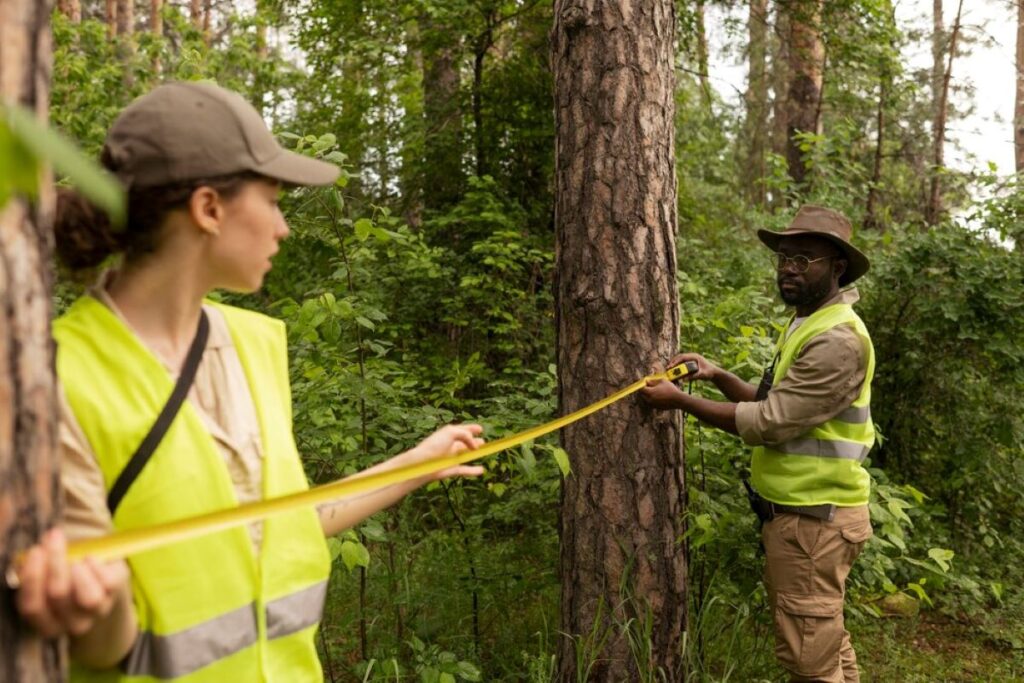Address
304 North Cardinal St.
Dorchester Center, MA 02124
Work Hours
Monday to Friday: 7AM - 7PM
Weekend: 10AM - 5PM
Address
304 North Cardinal St.
Dorchester Center, MA 02124
Work Hours
Monday to Friday: 7AM - 7PM
Weekend: 10AM - 5PM

When embarking on a council application for development in Sydney, one crucial document that may be required is an arborist report. This report plays a vital role in assessing the impact of proposed developments on trees and vegetation. Understanding what to expect from an arborist report is essential for ensuring compliance with local regulations and for the successful approval of your application.
An arborist report sydney is a comprehensive document prepared by a qualified arborist, detailing the health, condition, and management of trees on a specific site. It provides essential information regarding the trees that may be affected by proposed construction or landscaping activities. The report aims to ensure that development projects consider the ecological and aesthetic value of trees, promoting sustainable practices.
Typically, an arborist report includes several key components:
These components provide a comprehensive overview that aids council planners in making informed decisions regarding the application. Furthermore, the report often includes photographs and diagrams that visually represent the trees and their surroundings, allowing stakeholders to better understand the context in which these trees exist. This visual documentation can be particularly helpful in illustrating the potential impact of development on the landscape.
Engaging a qualified arborist is crucial, as their expertise ensures that the report is accurate and complies with local council requirements. An experienced arborist will consider various factors, such as tree species, health, and location, which can significantly influence the recommendations provided in the report. This professional assessment not only enhances the credibility of the application but also demonstrates a commitment to environmental stewardship. Additionally, arborists are trained to identify signs of disease or pest infestations that may not be immediately apparent to the untrained eye. Their insights can lead to proactive measures that safeguard the health of the trees long after the development has been completed.
Moreover, the role of an arborist extends beyond merely assessing trees for development projects. They often play a vital part in educating property owners and developers about the long-term benefits of maintaining healthy trees, which can include improved air quality, increased property values, and enhanced biodiversity. By fostering a deeper understanding of the ecological role that trees play in urban environments, arborists contribute to a more harmonious relationship between nature and human development, ensuring that both can coexist and thrive.
In Sydney, local councils have specific regulations regarding tree management, and an arborist report is often a mandatory requirement for development applications. This requirement is in place to protect urban forests and ensure that developments do not adversely affect the existing tree canopy.
Each council in Sydney has its own set of guidelines regarding tree preservation. An arborist report assists in ensuring that the proposed development aligns with these regulations. Failure to submit a comprehensive report can result in delays, additional costs, or even rejection of the application.
Moreover, councils are increasingly prioritising sustainability and environmental conservation. A well-prepared arborist report can demonstrate a developer’s commitment to these values, potentially influencing the outcome of the application positively.
By identifying potential risks associated with tree removal or damage, an arborist report can provide strategies to mitigate these risks. This proactive approach not only protects the trees but also enhances the likelihood of receiving approval from the council.
Additionally, including recommendations for tree protection during construction can further demonstrate a commitment to preserving the natural environment, which councils often favour in their decision-making processes.

The process of obtaining an arborist report involves several steps, each designed to ensure a thorough evaluation of the site and its trees. Understanding this process can help streamline the application and ensure all necessary information is gathered efficiently.
The first step in preparing an arborist report is a detailed site inspection. During this visit, the arborist will assess the condition of each tree, taking note of factors such as:
This inspection is critical, as it forms the basis of the report’s findings and recommendations. The arborist will often use specialised tools to measure tree dimensions and assess health, ensuring an accurate evaluation.
After the site inspection, the arborist will analyse the collected data and prepare the report. This phase involves compiling the inventory of trees, conducting an impact assessment, and formulating recommendations based on the findings.
The report will be structured to clearly present information, making it easy for council planners to understand the implications of the proposed development on the existing trees. The arborist will also ensure that the report adheres to any specific requirements set forth by the local council.
It is essential to choose an arborist with the appropriate qualifications and experience. Look for professionals who are certified by recognised organisations, such as Arboriculture Australia. Their training and expertise should encompass a thorough understanding of local tree species and the regulations governing tree management in Sydney.
Researching the arborist’s reputation within the community can also provide valuable insights. Seek out reviews or testimonials from previous clients to gauge their reliability and professionalism. Additionally, asking for references can help verify the quality of their work.
See Also : The Role of a Level 5 Arborist Sydney in Heritage Tree Preservation
Effective communication is vital throughout the process. Choose an arborist who is willing to collaborate with you and your project team, ensuring that all aspects of the report align with the overall goals of the development. This collaborative approach can enhance the quality of the report and facilitate a smoother application process.
The cost of obtaining an arborist report can vary significantly based on several factors, including the complexity of the site, the number of trees to be assessed, and the specific requirements of the local council. Understanding these cost considerations can help in budgeting for the overall project.
When budgeting for an arborist report, it is essential to obtain quotes from multiple professionals. This practice not only provides a clearer picture of potential costs but also allows for comparisons of services offered. Ensure that the quotes include a breakdown of services to understand what is included in the price.
While it may be tempting to opt for the cheapest option, it is crucial to consider the quality of the report and the qualifications of the arborist. Investing in a comprehensive and professionally prepared report can save time and money in the long run by facilitating a smoother council application process.

In summary, an arborist report is a critical component of any council application involving tree management in Sydney. Understanding the purpose and content of the report, as well as the process of obtaining one, can significantly enhance the likelihood of a successful application. By engaging a qualified arborist and ensuring compliance with local regulations, developers can demonstrate their commitment to environmental sustainability while navigating the complexities of the planning process.
Ultimately, a well-prepared arborist report not only protects the valuable trees on a site but also contributes to the broader goal of maintaining Sydney’s urban forest for future generations.